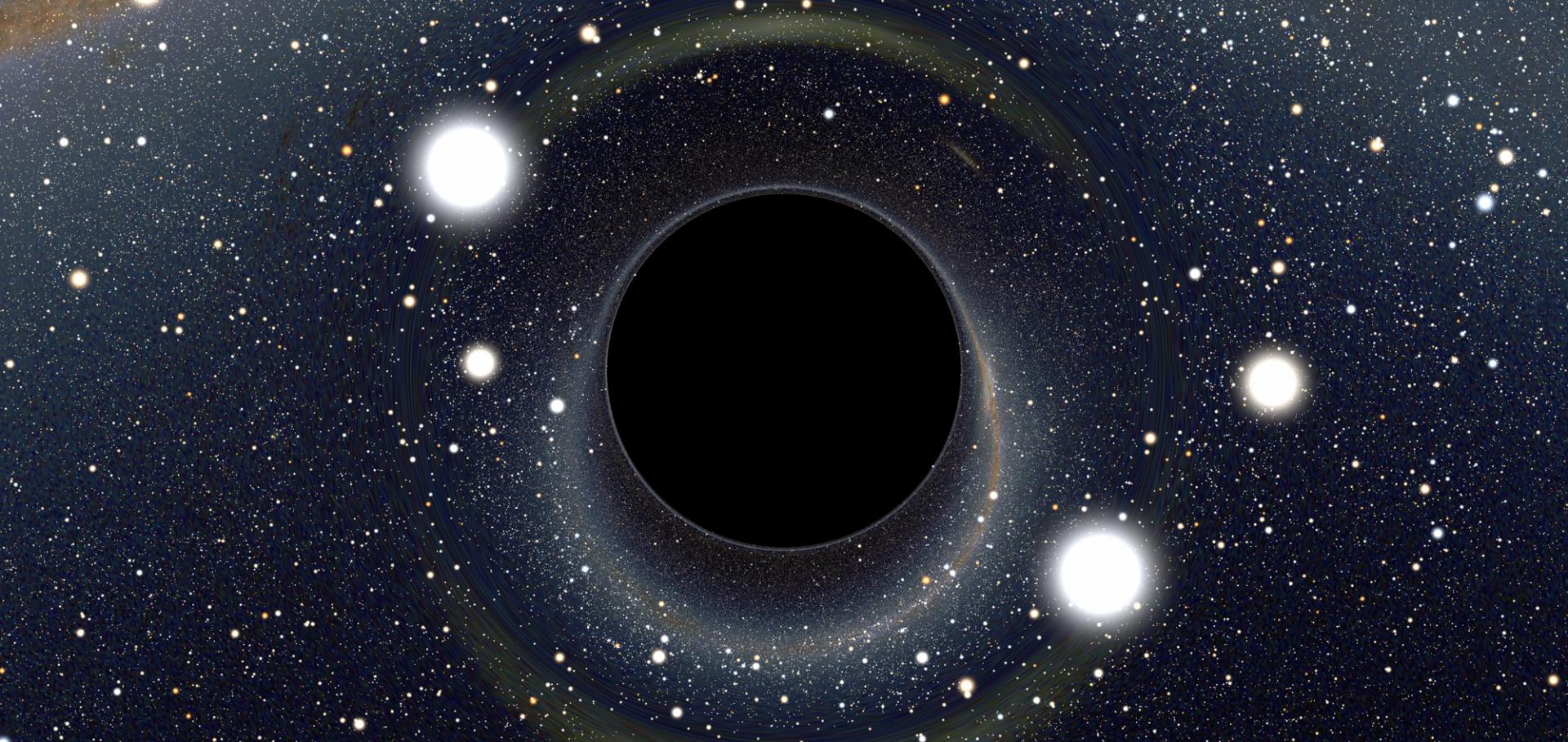New Methods for Identifying Lyman Continuum Leakers and Reionization-Epoch Analogues
(2020)
Detecting the cosmic web: Ly alpha emission from simulated filaments at z=3
Monthly Notices of the Royal Astronomical Society Oxford University Press 494:4 (2020) 5439-5448
Abstract:
The standard cosmological model (Λ cold dark matter, ΛCDM) predicts the existence of the cosmic web: A distribution of matter into sheets and filaments connecting massive haloes. However, observational evidence has been elusive due to the low surface brightness levels of the filaments. Recent deep Multi Unit Spectroscopic Explorer (MUSE)/Very Large Telescope (VLT) data and upcoming observations offer a promising avenue for Lyα detection, motivating the development of modern theoretical predictions. We use hydrodynamical cosmological simulations run with the arepo code to investigate the potential detectability of large-scale filaments, excluding contributions from the haloes embedded in them. We focus on filaments connecting massive (M200c (1-3)× 1012, M⊙) haloes at z = 3, and compare different simulation resolutions, feedback levels, and mock image pixel sizes. We find increasing simulation resolution does not substantially improve detectability notwithstanding the intrinsic enhancement of internal filament structure. By contrast, for a MUSE integration of 31 h, including feedback increases the detectable area by a factor of ≥5.5 on average compared with simulations without feedback, implying that even the non-bound components of the filaments have substantial sensitivity to feedback. Degrading the image resolution from the native MUSE scale of 0.2 arcsec2 pixel-1 to 5.3 arcsec2 apertures has the strongest effect, increasing the detectable area by a median factor of ≥200 and is most effective when the size of the pixel roughly matches the width of the filament. Finally, we find the majority of Lyα emission is due to electron impact collisional excitations, as opposed to radiative recombination.Detecting the Cosmic Web: Ly{\alpha} Emission from Simulated Filaments at z=3
(2020)
How to quench a dwarf galaxy: The impact of inhomogeneous reionization on dwarf galaxies and cosmic filaments
Monthly Notices of the Royal Astronomical Society Oxford University Press 494:2 (2020) 2200-2220


